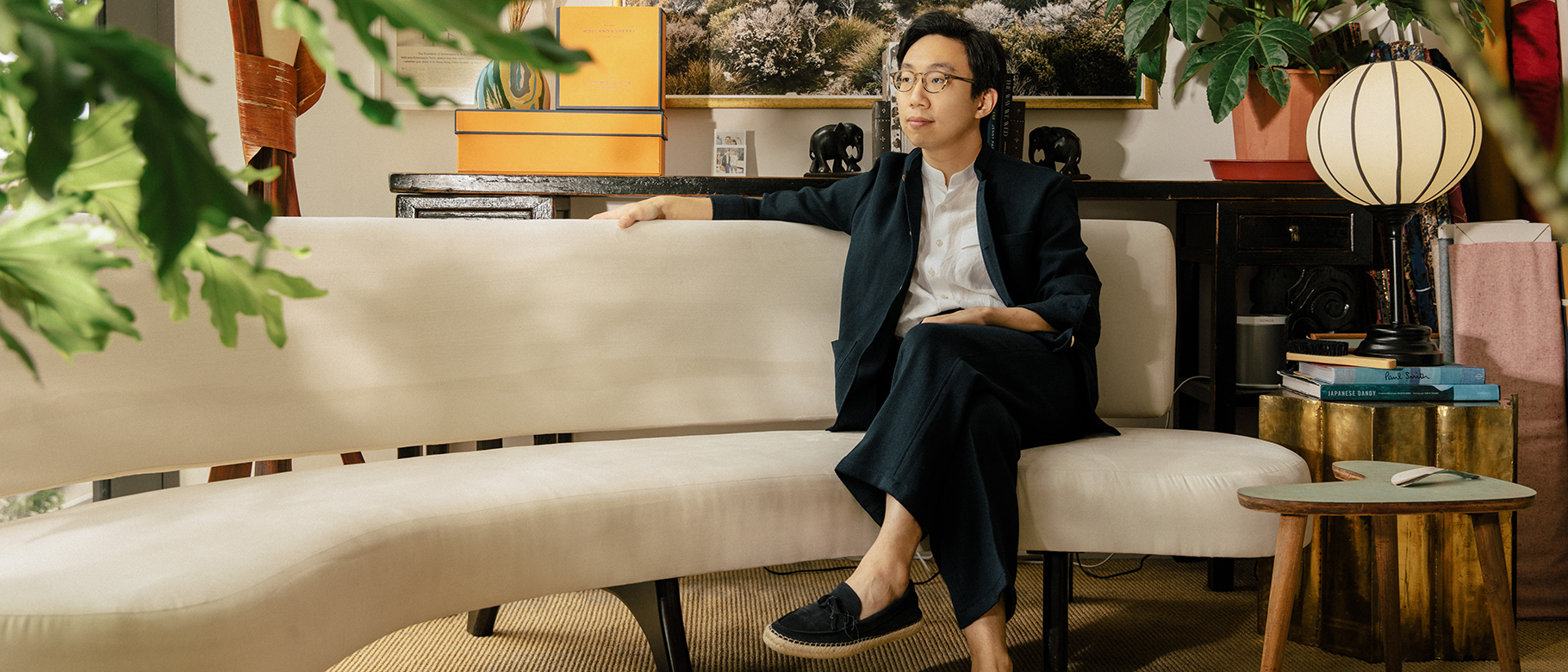

The founder of Singapore custom clothier In Personam, Samuel Ng has been into his clothes since childhood. As a boy, he says, “I’d spend so much time choosing what to wear for the day, I looked forward to going to class or sports just so I could get dressed for the occasion.” By the time he was at university, where he studied law, Sam says, “I started to get interested in tailored menswear. But being a student, obviously I couldn’t afford it. I decided to figure out how to do it myself, so I began learning from tailoring textbooks, looking at patterns, exploring how garments were put together. That’s where it started.”
After he’d gained his law degree, naturally Sam put all that study to use and practiced for several years. “I was doing tailoring as a hobby at night and on the weekends,” he says. Eventually, however, it became clear to Sam that his sartorial ‘side hustle’ was where his passion truly lay. “I knew my parents wouldn’t approve of my decision to quit practicing, so I didn’t tell them,” he explains. “I’ve learned that it’s easier to seek forgiveness than to seek permission.”
He didn’t put law behind him altogether (to his parents’ great relief, no doubt). Since 2015, Sam has maintained a position as an adjunct faculty member at his alma mater, the Singapore Management University School of Law, where he teaches ethics. “That has taken a lot of financial pressure off In Personam,” he explains. With his teacher’s salary and savings from his time as a practicing lawyer, “I’m in a very privileged position where I can actually not focus so much on the dollars and cents at In Personam,” Sam says. “That allows me to really enjoy what I’m doing.”
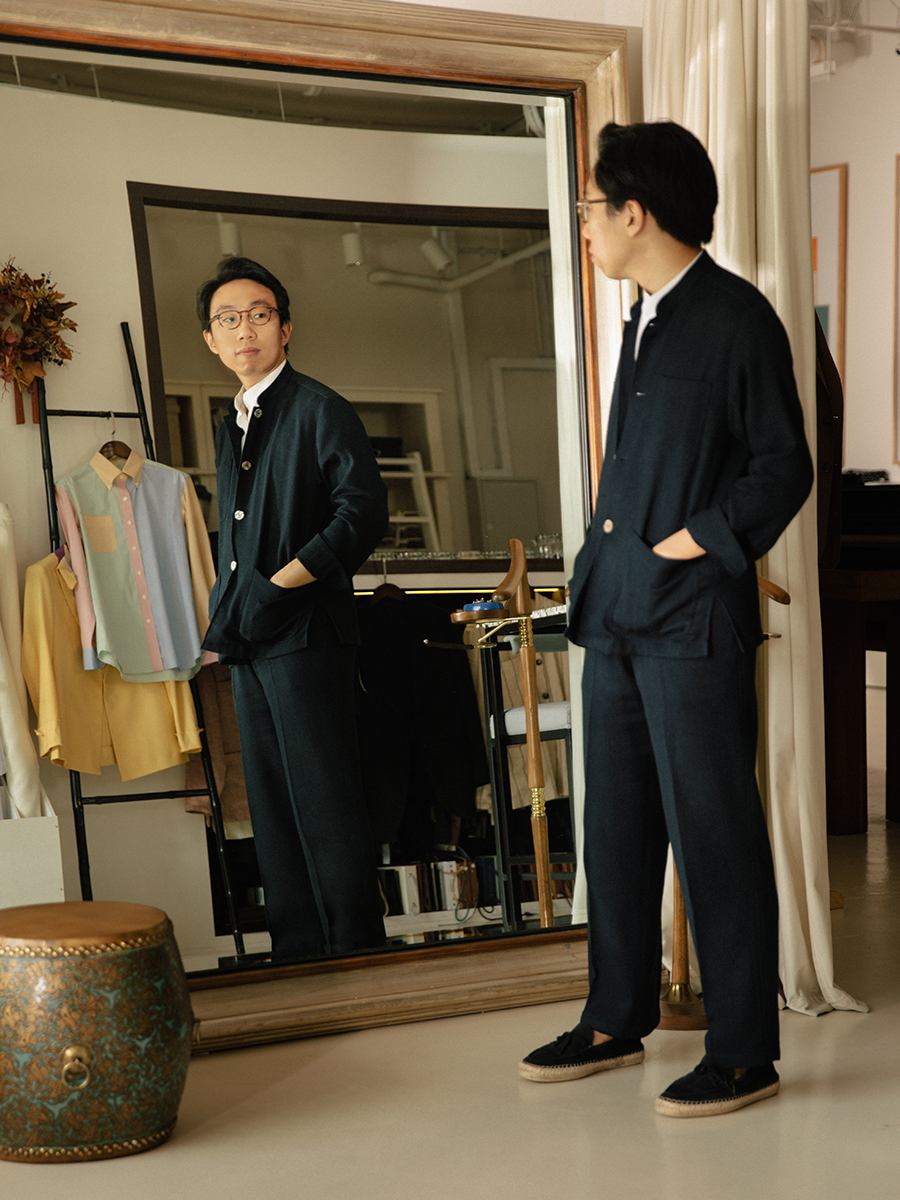
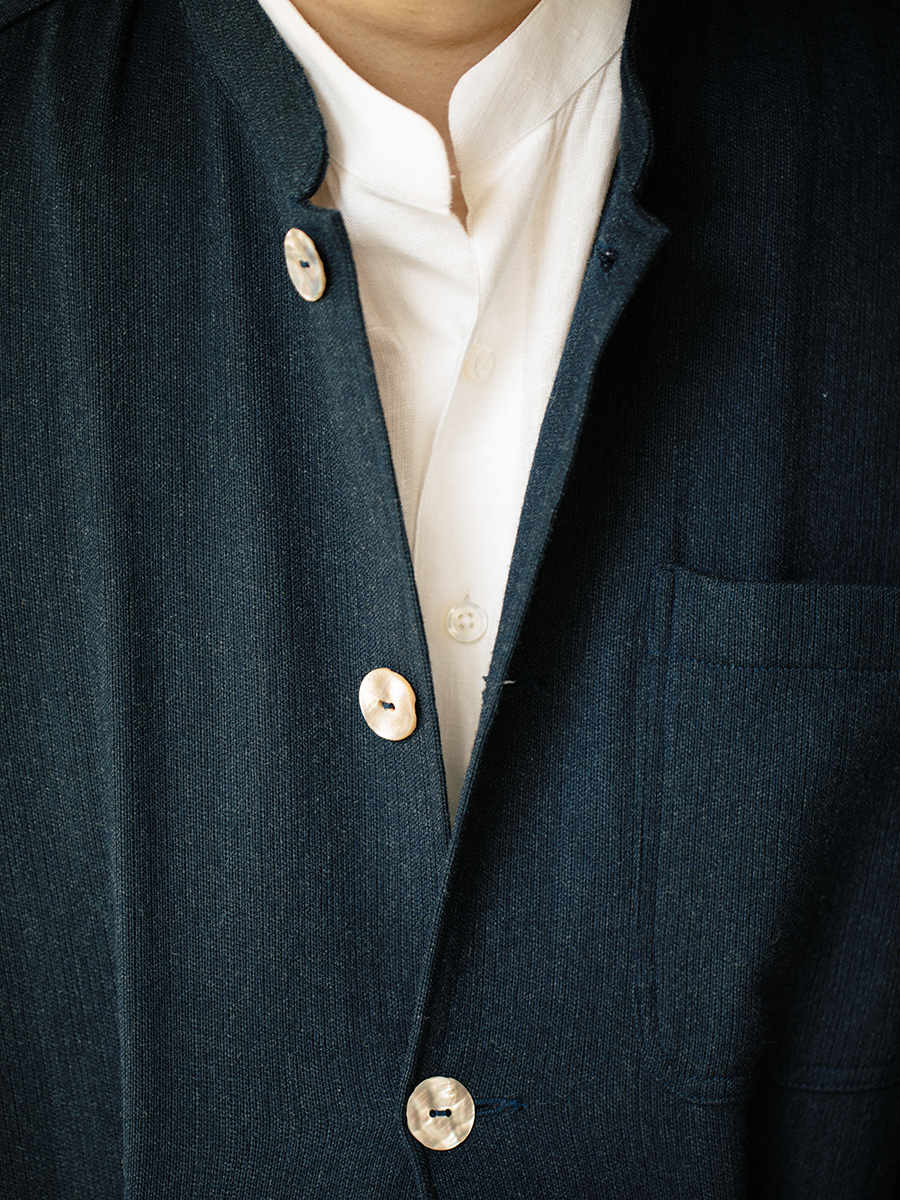
It’s no surprise to learn that In Personam takes its name from a legal term. Latin for “against the person,” in its legal sense In Personam refers to a judgment against or in relation to an individual human being. “I found that to be quite interesting and quite relevant,” Sam explains, given the nature of his trade, making garments tailored to a particular customer. “I wanted to find some connection between the two things I was doing,” he says. “The name is a big giveaway for lawyers walking past the store, they always do a double-take.”
Belying the leafy ambience displayed in these images, the In Personam atelier is situated in the heart of Singapore’s central business district, surrounded by the high-rise offices of multinational corporations and financial institutions – the natural habitat of classic tailoring. But because of its hot, tropical weather (relentlessly humid and an average of 32 degrees Celsius year-round), Singapore has never been the best place to wear suits and blazers, and even many bankers and businessmen here get about in shirtsleeves.
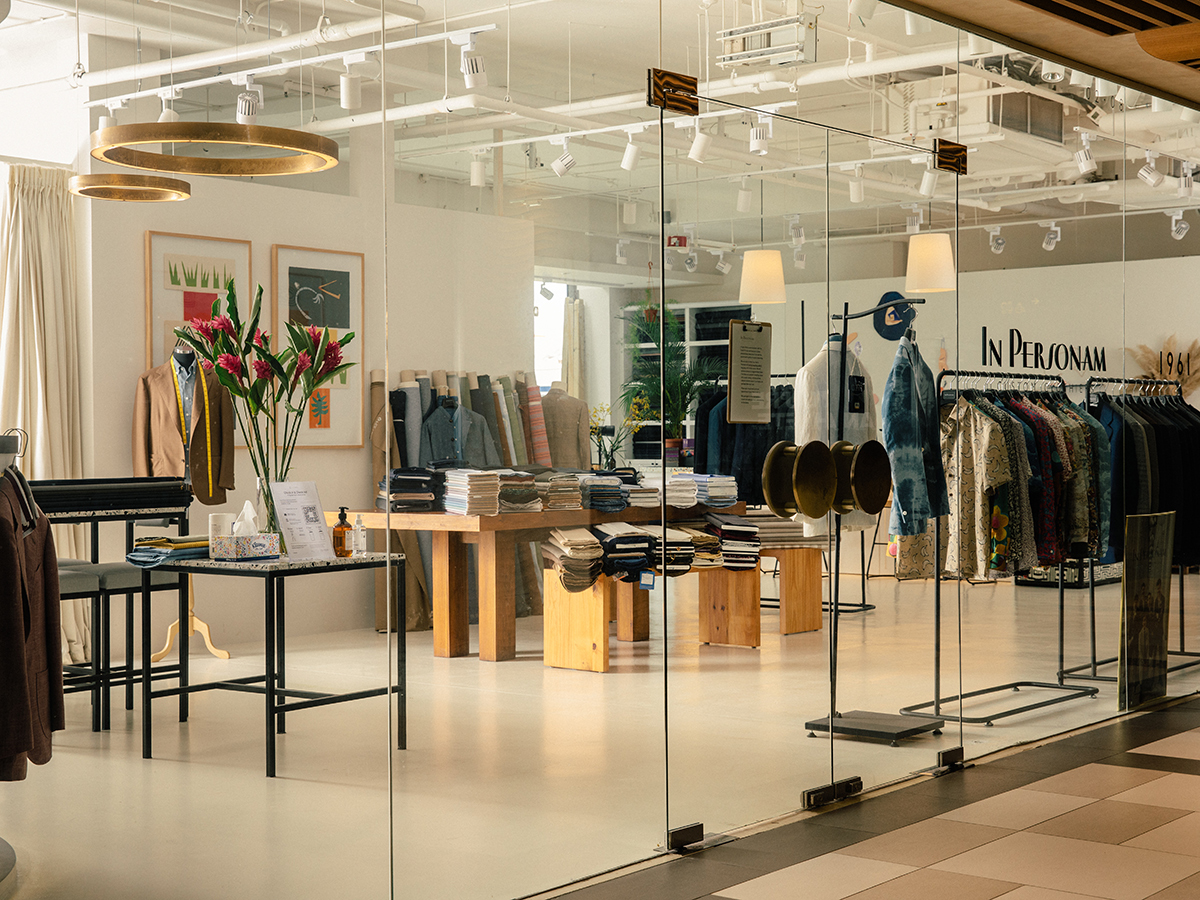



“Shirts definitely make up a very big part of what we sell,” Sam confirms. Clients in senior corporate positions, he says, unsurprisingly favour dressier shirting. “They tend to want something finer with a high yarn count. For this sort of customer, Thomas Mason’s Zephir line is very popular, or the Albini fabrics such as Duke, which can have a little bit of a sheen to them, lending a sense of subtle luxury. Those that want something slightly more substantial, meanwhile, often find the Thomas Mason Cambridge collection appealing.”
The C-suite aside, Sam says with the lockdowns and the move toward remote work this past year, there’s an ever-greater shift away from traditional office-wear. “People are becoming a lot more casual. They’re asking for increasingly looser and roomier silhouettes, something that I’ve been trying to push for quite a while.” For this sort of laidback shirt, Sam says a Thomas Mason linen works beautifully. “Sahara is always good, for those looking for brighter colours, while Gold linen is fantastic if you’re doing something more traditionally sophisticated.”
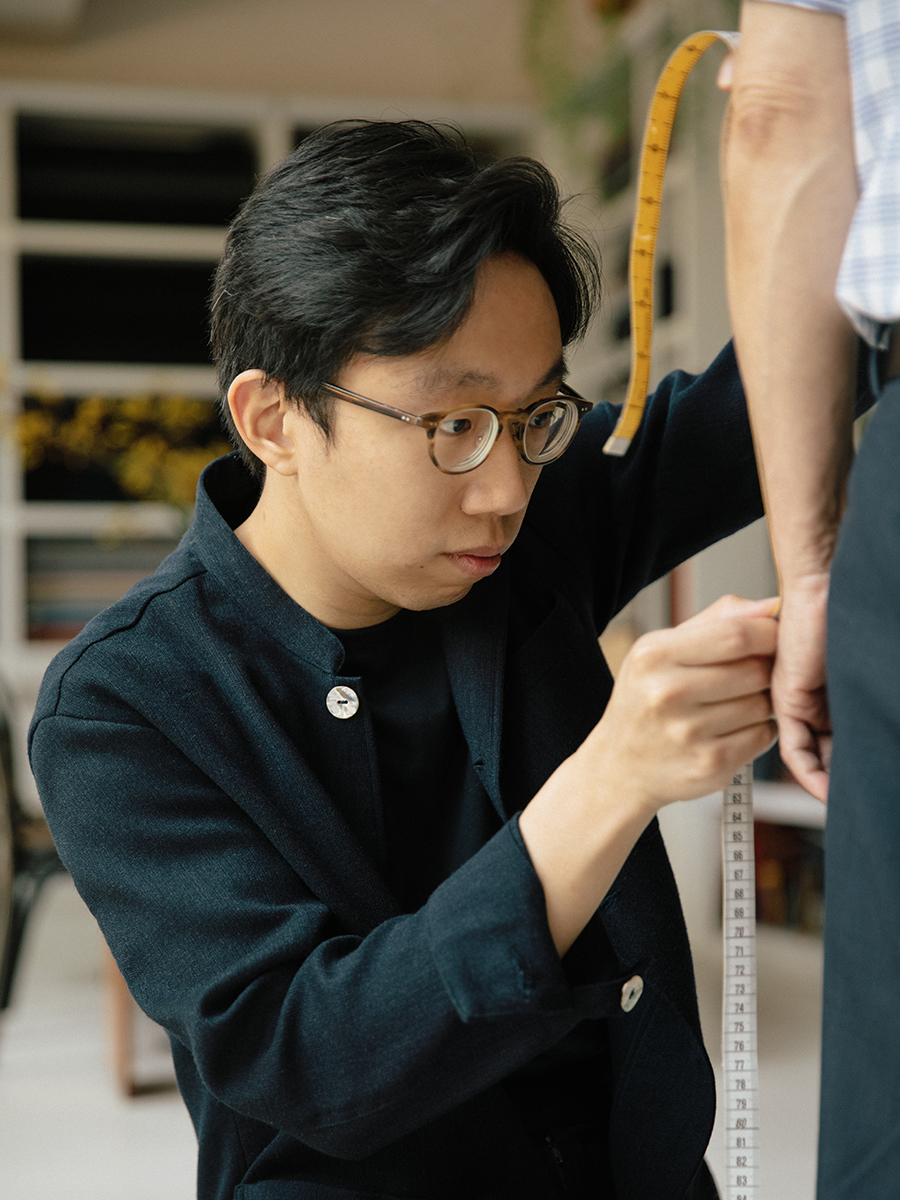
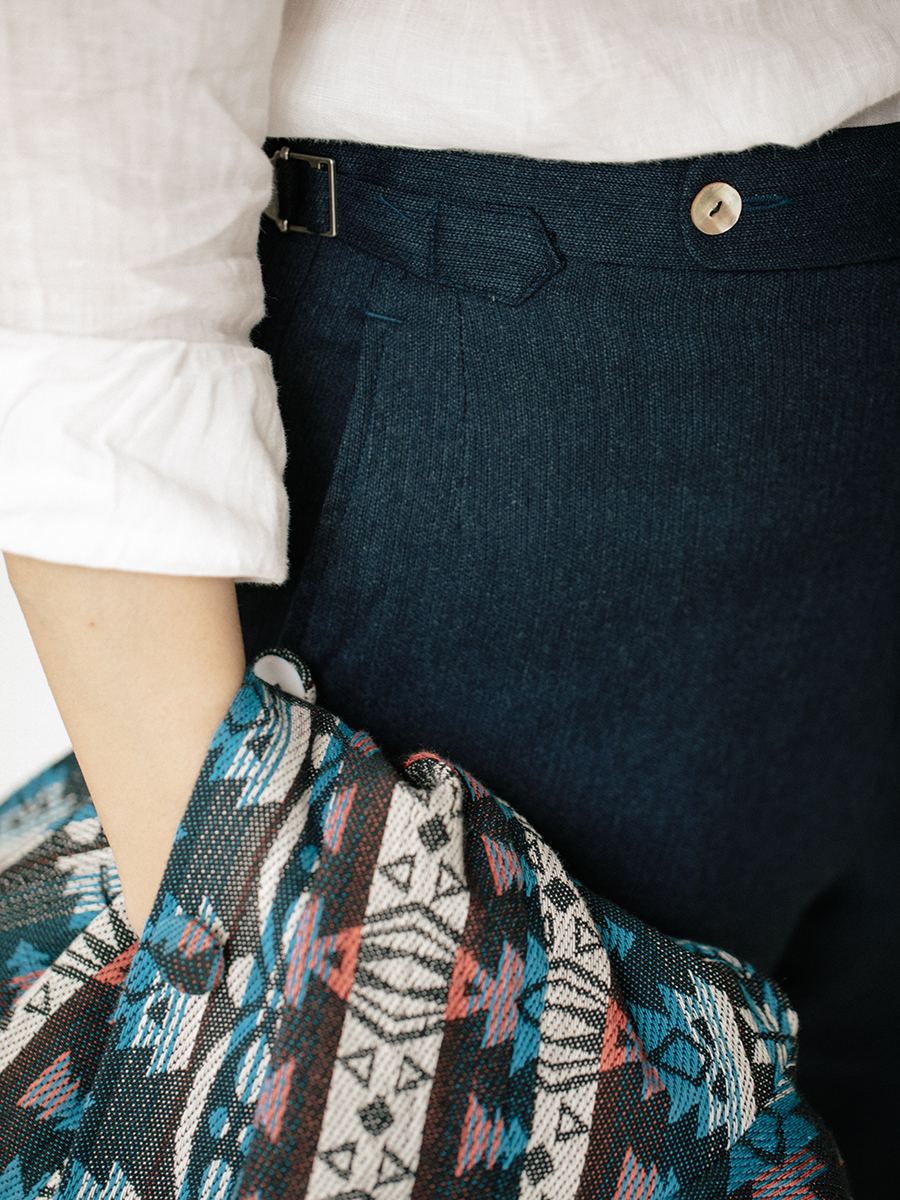
Linen isn’t for everyone, though. Some find its crunchiness and wrinkling problematic (though to the connoisseur, that’s its greatest charm). Others believe it simply too ‘resort-chic’ for anything but leisurely pursuits. “I have a lot of clients that want a white shirt they can wear casually, in one of these new relaxed silhouettes,” Sam says. “They say they don’t want a linen, nor an Oxford. Yet they need something structured, something opaque that doesn’t reveal every detail of the torso. That’s where Thomas Mason has this really interesting cotton cloth, Tribeca,” he says.
“It’s got structure – I think Thomas Mason intended it to be for traditional English sports shirts. I’ve just been using it to create looser garments. People love it,” Sam says. He points out that a slightly heavier cloth like this is ideal when you’re not wearing a jacket, as is so often the case in sultry Singapore. “It’s nice to have that little bit of extra weight. On their own, finer cloths can feel slightly flimsy, and if you’re sensitive to heat they can really expose perspiration.” A more robust cloth, meanwhile, will conceal a multitude of evils. “Tribeca has solved the casual white shirt problem,” Sam says.
With that case closed, the biggest sartorial trials men face today, Sam says, are a terror of criticism and a slavish adherence to ‘#menswear’ trends. “A lot of guys here in Singapore either don’t dare to dress the way they actually want to, for fear of being judged, or they just mindlessly follow the latest thing, like Gurkha shorts or safari jackets – fads I thought would end three years ago, but they’re still going strong,” he laughs.
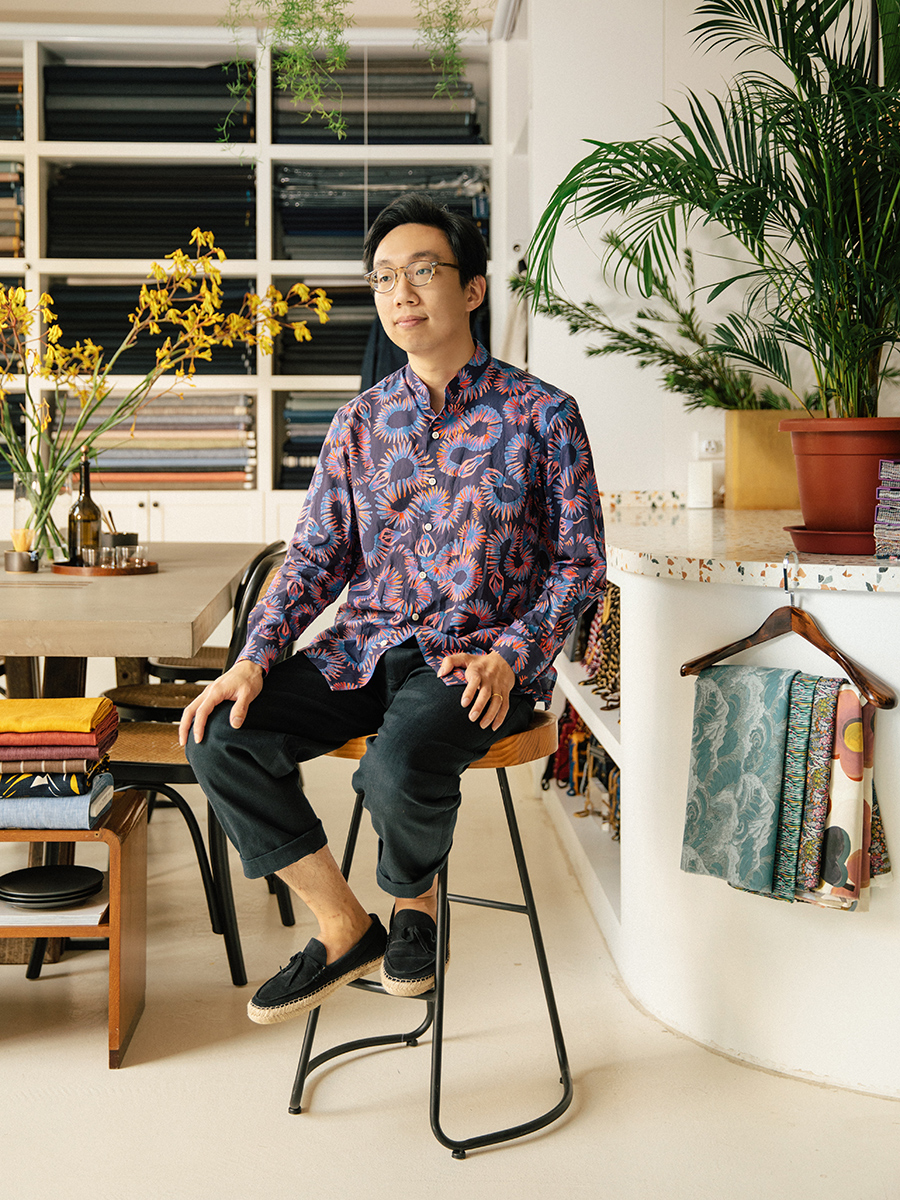
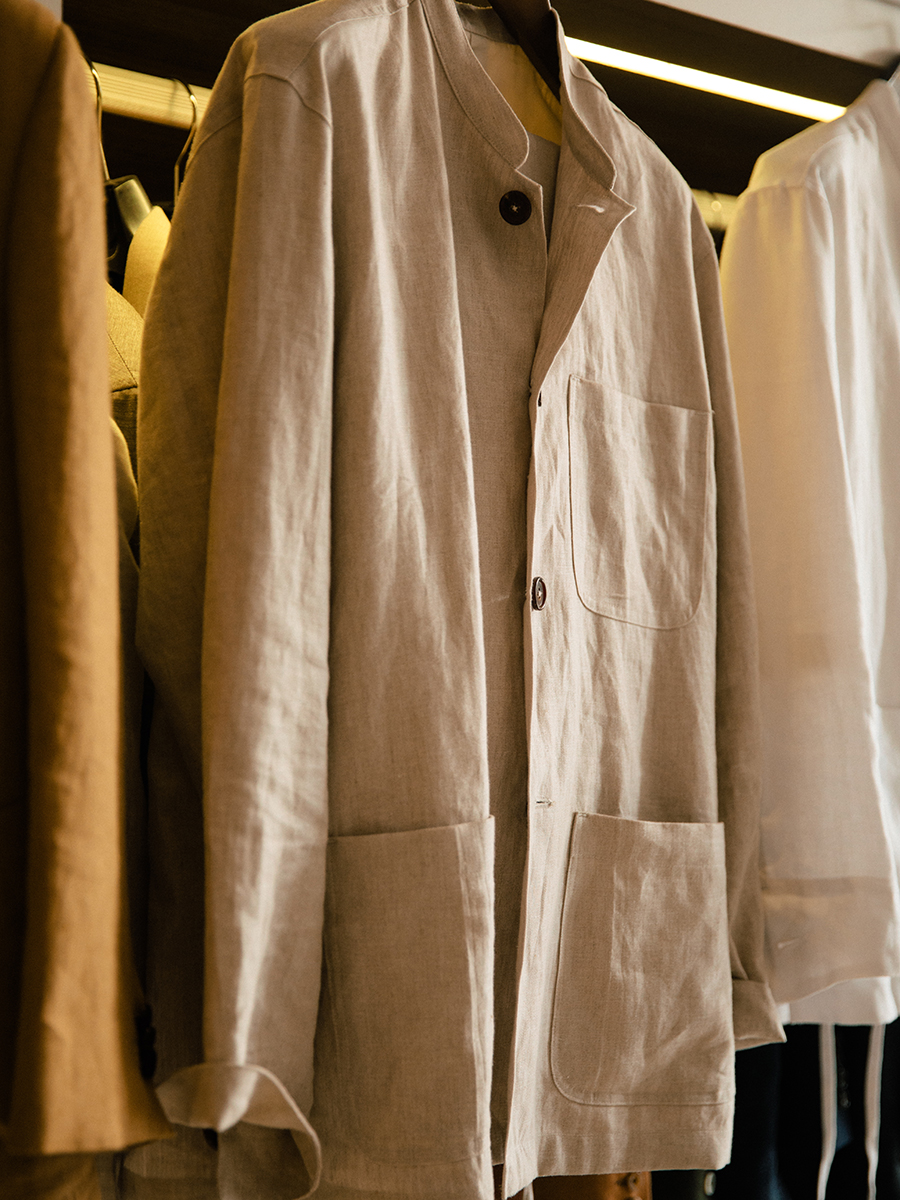
Speaking of passing judgment, in Sam’s view, there are many parallels between the law and tailoring. “There are a lot of similarities, beyond just the attention to detail,” he says. “To me, it’s just like telling a story. In law, when you go to court, you’re putting a story together, something that’s coherent. That’s no different from putting clothes together.” In both cases, Sam reckons, it’s all about getting to the truth — the whole truth, and nothing but the truth.
(Photography by Juliana Tan)
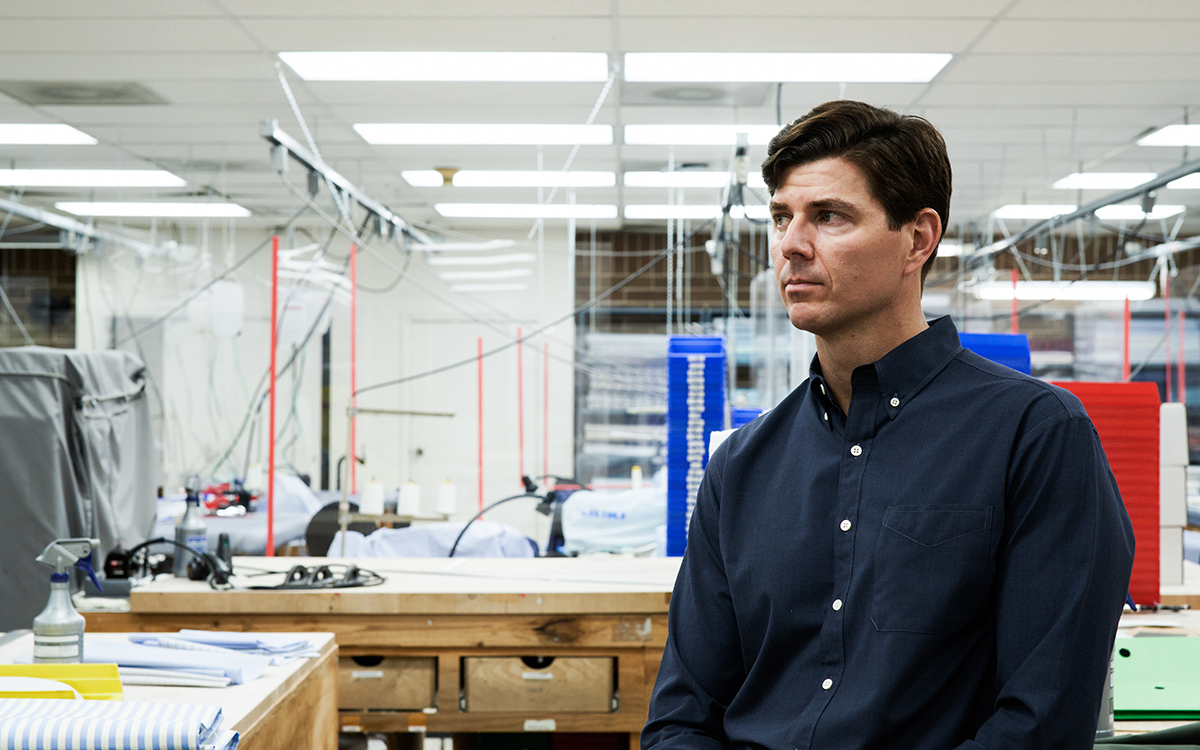
Lone Ranger: Hamilton Shirts

Atelier Fasan: Berlin’s Last True Shirtmaker

Artistic Temperament: Lucile Roy
Cotonificio Albini S.p.A. - Via Dr. Silvio Albini 1, 24021 Albino (BG) – Italy
Società con unico socio - diretta e coordinata da Albini Group S.p.A.
P.I. 01884530161 - C.F. 08743540158 - Iscritta al Registro Imprese di Bergamo - REA 244649
Capitale sociale sottoscritto e versato € 11.170.960